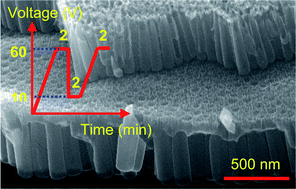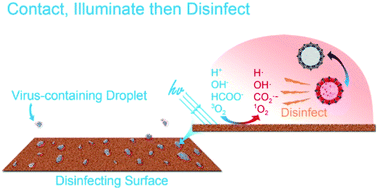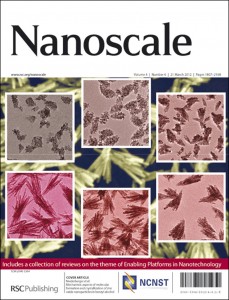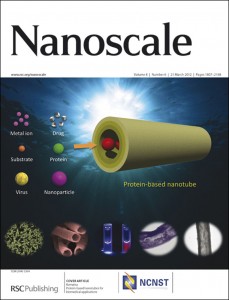Dongsheng Guan and Ying Wang of Louisiana State University report a novel way to prepare multilayered TiO2 nanotube arrays. In this study, TiO2 nanotubes grow at a steady ready under stable pH and ion-diffusion conditions but, when the voltage is first reduced and then subsequently increased again, a second layer of nanotubes can be grown on top of the first.
The work casts light on the mechanism of TiO2 nanotube growth and could see applications from batteries to solar cells.
Read this HOT Nanoscale article today:
Synthesis and growth mechanism of multilayer TiO2 nanotube arrays
Dongsheng Guan and Ying Wang
Nanoscale, 2012, DOI: 10.1039/C2NR30315A















